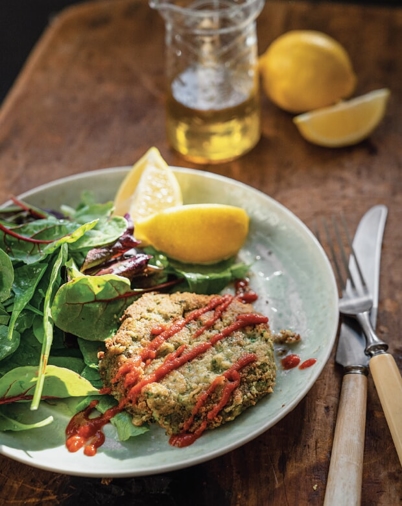Gastrointestinal Issues: Gut Relief & Triggers
Feb 4, 2022

Adventist Health Hanford’s Gastroenterology Center is your one-stop shop for outpatient GI services. The center offers care for heartburn, swallowing difficulties, gastroesophageal reflux disease (GERD), bloating and other conditions. It also offers lab and imaging services.
Here’s what to expect:
- Care for GI conditions including heartburn, swallowing difficulties, GERD and bloating
- Lab and imaging services in the same building
- Procedures including Bravo pH studies, colonoscopies, esophago-gastroduodenoscopies, gastrointestinal care, pill cameras and manometry
- State-of-the-art equipment, three preoperative bays, two GI suites, one procedure room and five recovery bays
Talk to your primary care provider for a referral to see the GI experts, and visit AdventistHealth.org/DigestiveCare to learn more.
Gut Nutrition
Foods to eat (and avoid) for heartburn relief
Heartburn happens when the muscle between the esophagus and stomach is unable to keep stomach acid from backing up into the esophagus. Try these foods, which can prevent heartburn:
- Whole grains, including oatmeal, couscous and brown rice
- Root vegetables, such as sweet potatoes, carrots and beets
- Green vegetables, including asparagus, broccoli and green beans
- Alkaline foods, such as bananas, melons, cauliflower, fennel and nuts
- Watery foods, including celery, cucumber, lettuce, watermelon, broth-based soups and herbal tea
Triggers can vary, but these are some common foods to avoid if you experience heartburn:
- Fried foods
- Chili powder and pepper
- Fatty meats, such as bacon and sausage
- Cheese
- Citrus
- Chocolate
- Carbonated beverages
Digestive Health
Keep your gut in check
Your gallbladder stores and secretes bile, which helps your stomach digest fats. But when it’s not working optimally, you can develop gallstones, which are made of built-up cholesterol and can block the bile duct.
Gallstones can:
- Cause inflammation in the gallbladder, a condition called cholecystitis; if gallstones block your bile duct, bile can back up and harm the liver
- Block pancreatic enzymes from flowing from the pancreas into the bile duct, which can lead to painful inflammation of the pancreas, called pancreatitis
Symptoms of gallstones include:
- Nausea
- Vomiting
- Pain in the upper right part of the abdomen, right shoulder, back or between the shoulder blades, which can be constant or come in waves

